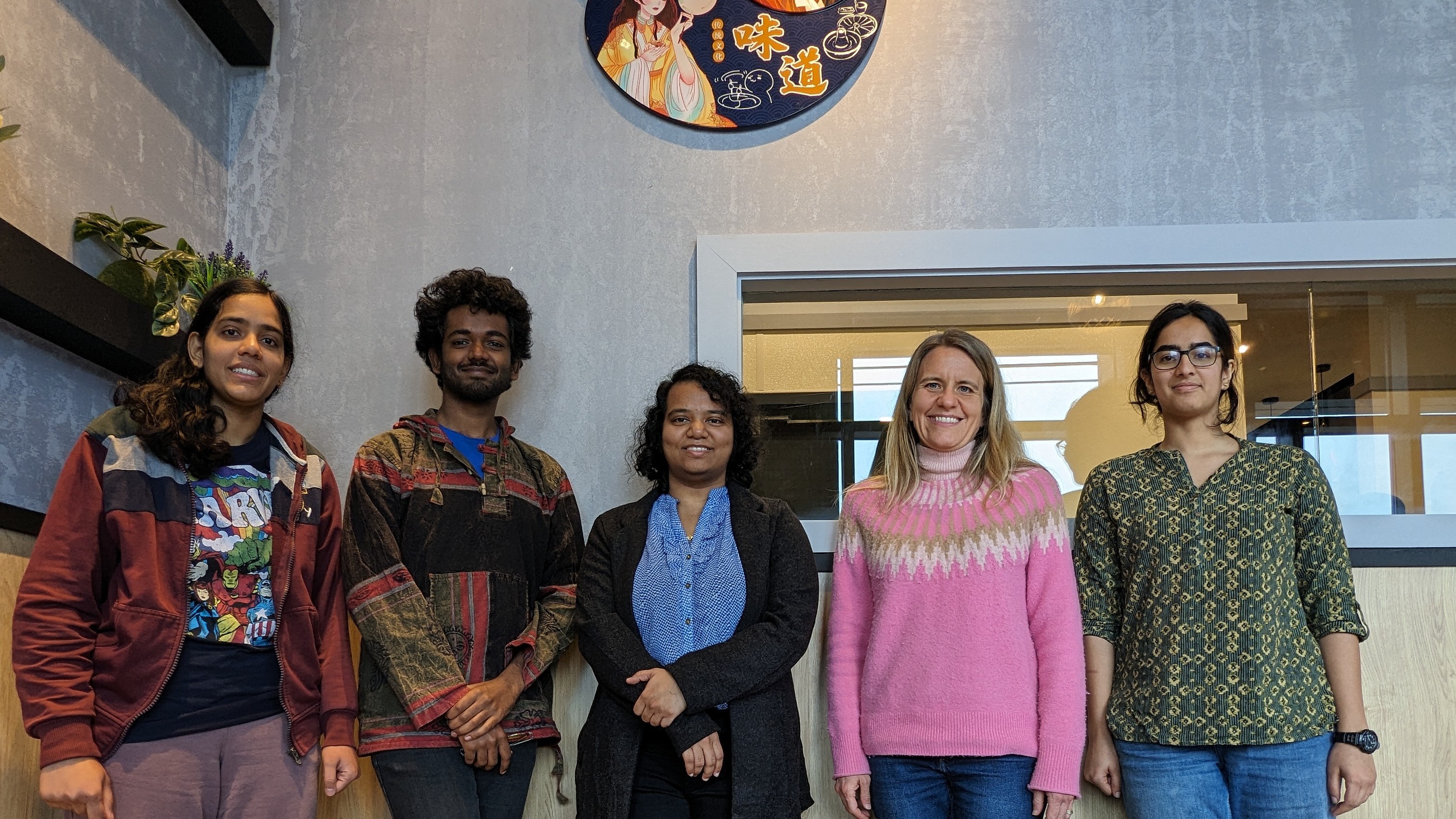News Story
New Faculty Spotlight: Dr. Huang-Chiao (Joe) Huang
 The Fischell Department of Bioengineering (BIOE) and the A. James Clark School of Engineering welcomed Assistant Professor Huang-Chiao (Joe) Huang at the start of the Spring 2018 semester.
The Fischell Department of Bioengineering (BIOE) and the A. James Clark School of Engineering welcomed Assistant Professor Huang-Chiao (Joe) Huang at the start of the Spring 2018 semester.
Huang, who specializes in photomedicine and nanotechnology-enabled drug delivery, earned his Ph.D. in chemical engineering from Arizona State University. Prior to joining the Clark School, he served as a postdoctoral fellow with Harvard Medical School and Massachusetts General Hospital’s Wellman Center for Photomedicine.
Huang and members of his lab are working on the development and clinical translation of photochemistry-based platform technologies for treatment and diagnosis of disease, optical sensing, and tissue engineering. His group places particular emphasis on the development of nanotechnology-assisted combination regimens designed to improve the therapeutic index of conventional agents, and to overcome treatment resistance pathways for enhanced outcomes.
Recently, Huang has zeroed in on the development of versatile nanoplatforms to target photodynamic therapy-based combination treatment regimens to treat glioblastoma multiforme, the most common and deadliest type of primary brain tumor in adults.
"My recent work focuses on establishing the concept of a mutually reinforcing combination therapy, which is based on two – or more – cooperative regimens directed against non-overlapping molecular targets, such that each component overcomes the other’s resistance pathways to reinforce the benefits of each modality," he said. "Leveraging my expertise in nanoformulations of photosensitizers and drugs, my research group introduced a photodynamic priming strategy that simultaneously modulates the tumor microenvironment and restrains the expression of stemness markers to markedly improve the durability of a standard-of-care chemotherapy without additional side effects."
The group's findings point to a strong foundation for an ongoing clinical trial for patients with pancreatic cancer.
In the realm of tissue engineering, Huang and his lab group are working toward developing nanomaterials for light-activated suture-less joining, sealing, and modulation of surgical wounds.
Huang has published 18 peer-reviewed articles in well-respected journals including Cancer Research, ACS Nano, Journal of Controlled Release, and Nanomedicine. He has also authored four book chapters on targeted drug delivery and therapeutics, nanotechnology, molecular carcinogenesis, 3D cancer models, photodynamic therapy, and photothermal therapy.
Today, Huang serves as the inaugural editor of the International Photodynamic Association newsletter, along with Dr. Pilar Acedo Nuñez of University College London.
On joining the Fischell Department of Bioengineering, Huang said: "I am most excited about the department’s dedication to expanding research collaborations and educating the next generation of scientists."
Published February 27, 2018










